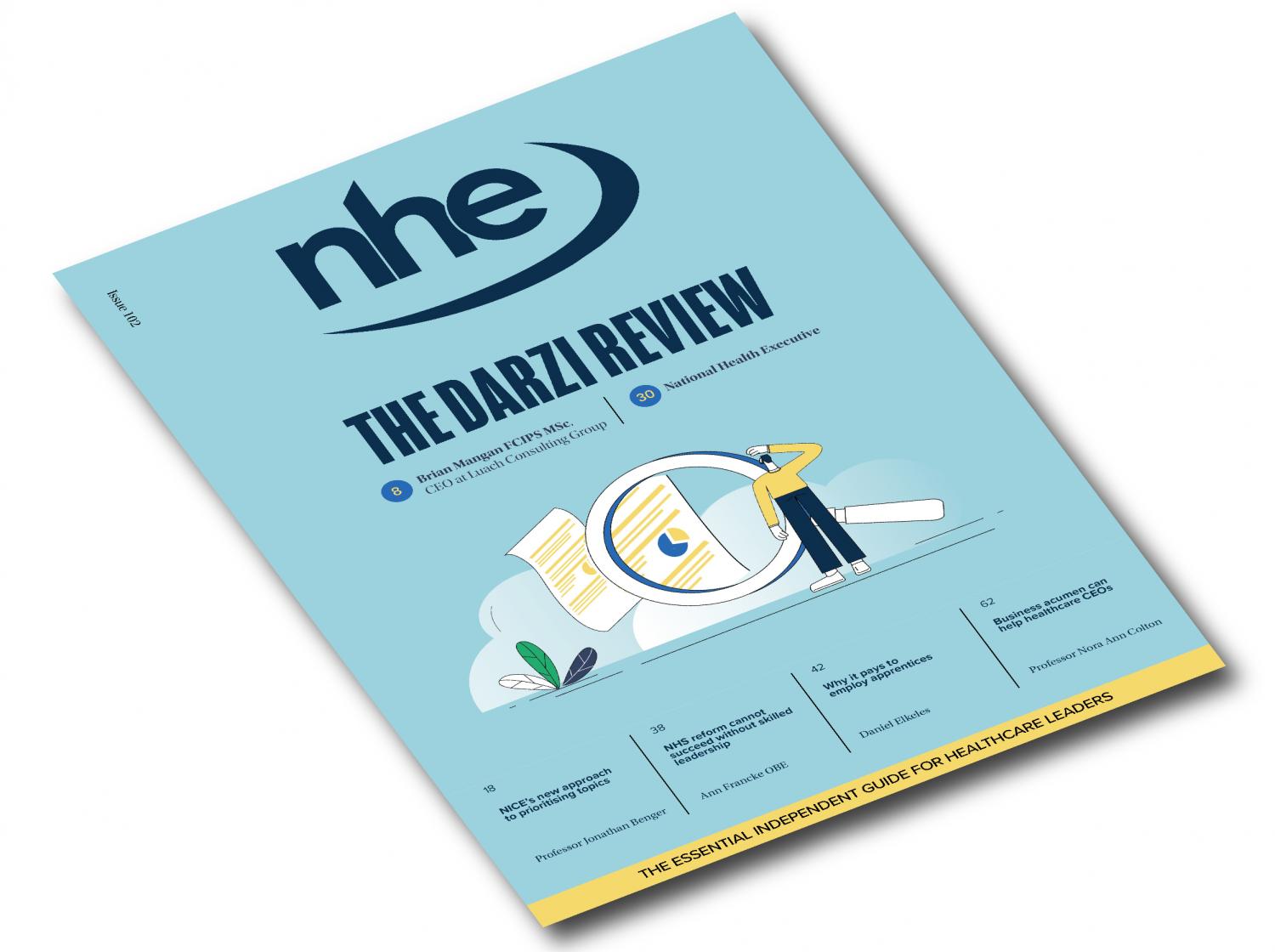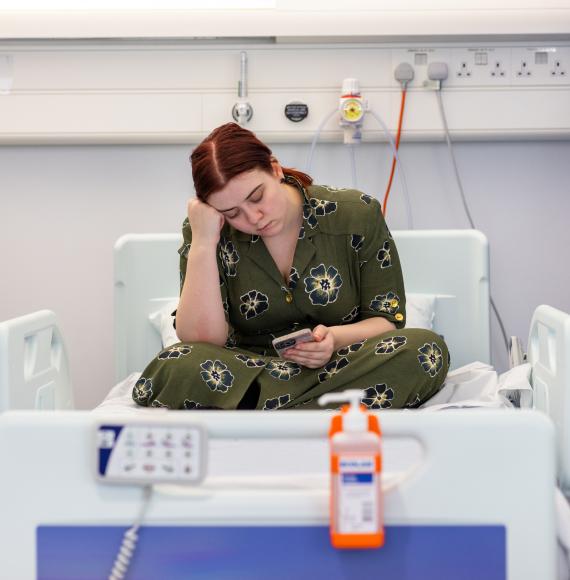An upsurge of hip fracture patients is set to cost the NHS in Scotland an additional £25m a year by the end of the decade, according to a new research study.
A team from the University of Aberdeen analysed data from the Scottish hip fracture audit from 2017-2021 and used statistical forecasting techniques to predict the number of annual hip fractures from 2022-2029.
Between 2017-2021, the number of annual hip fractures increased to 7797, from 6675. The two forecasting methods – known as exponential smoothing and autoregressive integrated moving average – suggested the number would be closer to 10,311 by 2029.
This represents a 32% increase from 2021 and an increase from an average of 21 hip fractures per day in Scotland to 28.
Based on these figures, the University of Aberdeen says the overall length of hospital stay for all hip fracture patients in Scotland would increase by 60,699 days a year. This would ultimately cost at least an extra £25m annually.
Furthermore, the university highlights that fragility fractures of the femur already have one of the highest levels of burden for acute care beds in Scotland and this report implies an additional five beds would be needed per hospital to accommodate the elevated demand.
"A clear, comprehensive national plan is needed now to manage the future burden of hip and other fragility fractures."
Dr Luke Farrow, a clinical research fellow at the university, continued: “We need to act urgently in order to ensure we have adequate resources to appropriately manage these increases otherwise care will likely suffer significantly as a result.”
A public health focus on fracture prevention measures should be adopted, according to Dr Farrow. The full research report is published in the journal Bone and Joint.
Dr Farrow concluded: “The increasing health and social care burden of fragility trauma, driven by an ageing population, is one of the major challenges facing the NHS over the next 10 years.
“We need to act urgently in order to ensure we have adequate resources to appropriately manage these increases otherwise care will likely suffer significantly as a result.”
Image credit: iStock



















